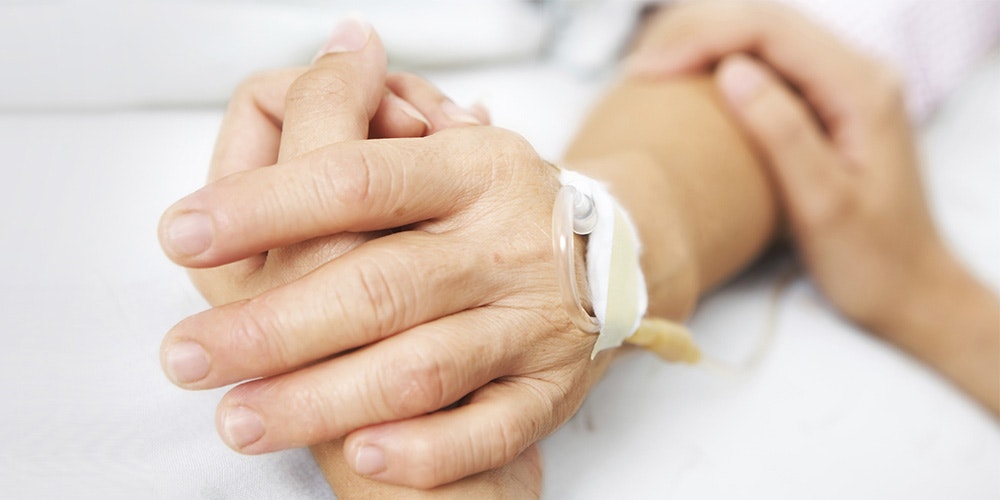
Neurology
Neurology is a branch of medicine concerned with the study and treatment of diseases of the nervous system.
Diseases can affect the upper motor neuron (brain and spinal cord), and/or the lower motor neuron (from spinal cord down to the muscles). The most diverse neurological conditions differ depending on the cause and location of the damage. Common neurological diseases include stroke, traumatic brain injury, and tetraplegia, to name but a few.











